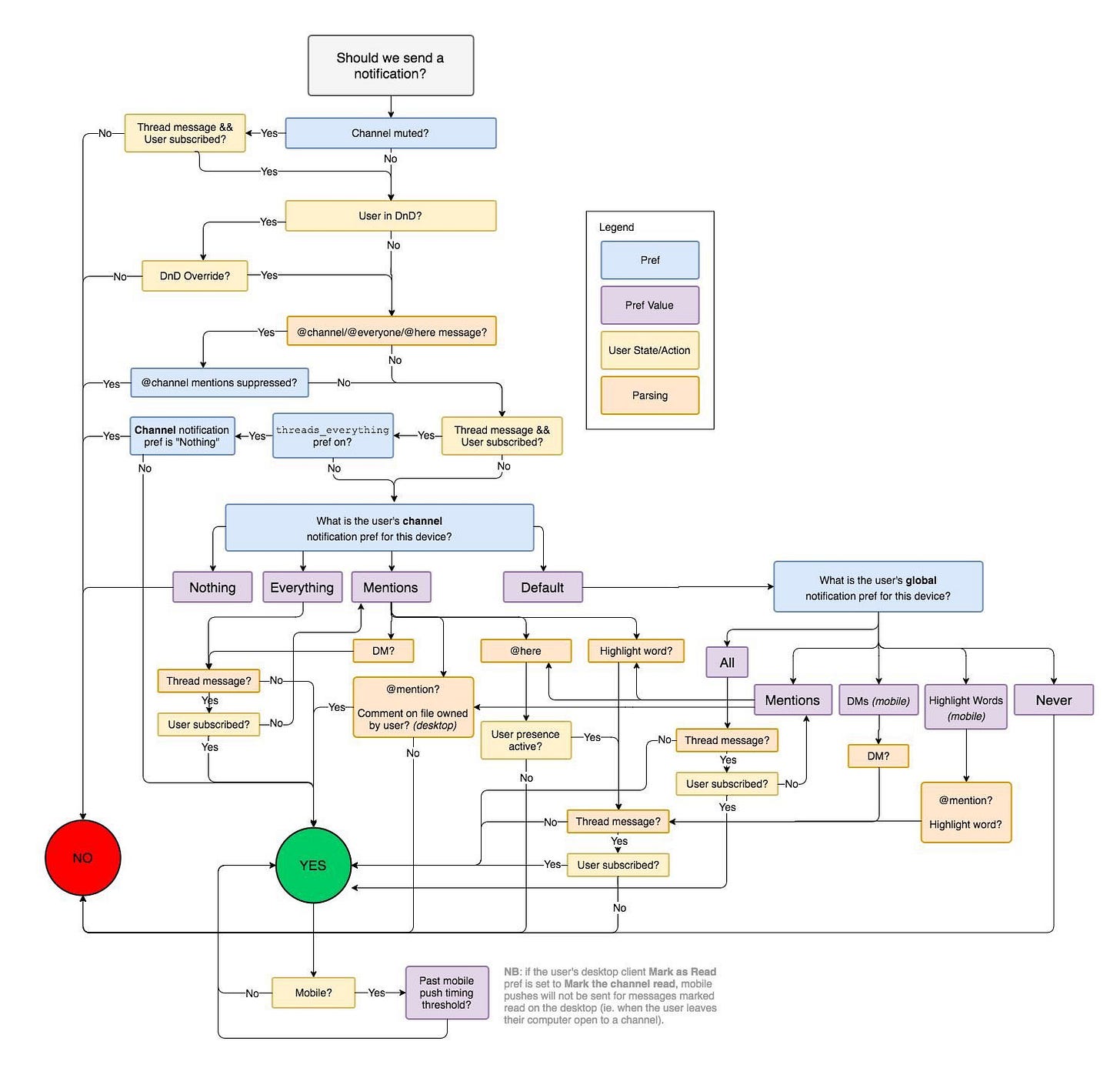Introducing Developer Problems
My recent LinkedIn post seems to have struck a chord with a lot of people. It’s easy to get lost in the details of a solution and lose sight of the problem you’re solving. Someone reached out to me stating:
“Your last post resonates with me, I'm working on a [redacted]
Every now and then one gets lost in the details and forget to think about the original goal, of just helping devs get shit done 😅
But we get fixated on the tool itself while building”
I admit to also falling into the build trap! That’s why I want write about the importance of being problem-obsessed and what’s required.
In this edition of Developer Products newsletter, I’m focusing less on the solutions that great developer products provide, and hone in on the problems that they are trying to solve. This week, I have discovered and researched a few developer products that are providing background workflows as a service. But before reviewing the products and their developer experience, I wanted to better understand the problem that they were solving.
The Problem with Background Jobs & Workflows
Modern software has evolved to become a set of intricate applications with complex background workflows. These workflows are the behind-the-scenes processes that handle automated tasks. These tasks can be as simple as sending a welcome email after sign-up, or as complex as Slack’s workflow for deciding whether a notification should be sent.
Managing these workflows can be a tangled mess. Tasks like:
Sending emails triggered by user actions (sign-ups, purchases, etc.)
Processing payments asynchronously to avoid slowing down the user experience
Interacting with third-party APIs at scheduled intervals.
Current solutions often fall short when dealing with these background workflows:
CRON Jobs: While simple for scheduling, they lack the power to orchestrate complex workflows, handle dependencies, or provide robust monitoring.
Homegrown Systems: Building custom background job schedulers requires significant time and resources, diverting focus from core application features.
Third-Party Integrations: Managing multiple libraries or services for different workflow tasks leads to integration headaches and vendor lock-in.
Limited Visibility: Debugging and monitoring background jobs can be a nightmare, leaving developers scrambling to identify and fix errors.
The Opportunity
There's a clear need for a streamlined approach to background jobs and workflows. Developers crave a solution that offers:
Simplified Workflow Lifecycle: A unified way to orchestrate complex workflows with intuitive tools for building, scheduling, and monitoring tasks.
Seamless Integration: Integration with popular programming languages and frameworks, eliminating the need for custom solutions.
Enhanced Visibility: Real-time monitoring and debugging capabilities to pinpoint and resolve issues swiftly.
By providing a robust background job and workflow management solution, developers are empowered to:
Focus on Innovation: Spend less time building and maintaining infrastructure, and more time crafting exceptional user experiences.
Increase Efficiency: Streamline workflows and automate tedious tasks, boosting productivity and reducing errors.
Gain Control: Enhance visibility and control over their applications, ensuring smooth operation and a delightful user experience.
While it feels strange to leave the post at this point, I wanted to experiment with setting the stage by focusing solely on the problem. In a future post, I may follow up to see how developer products in the market are solving this problem and their approaches!
If this post resonated with you, please share with your network and feel free to reach out to me on LinkedIn for any feedback!


